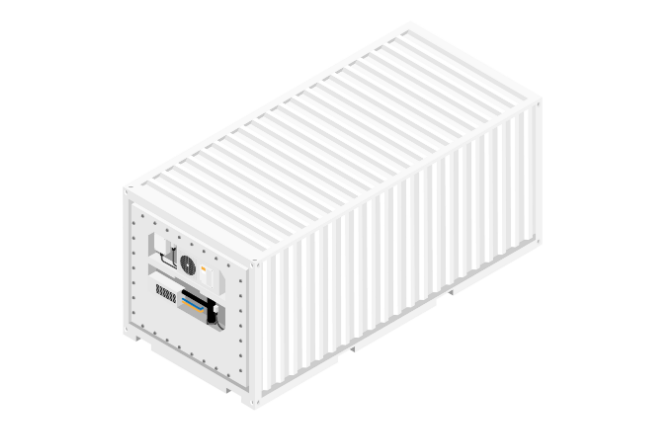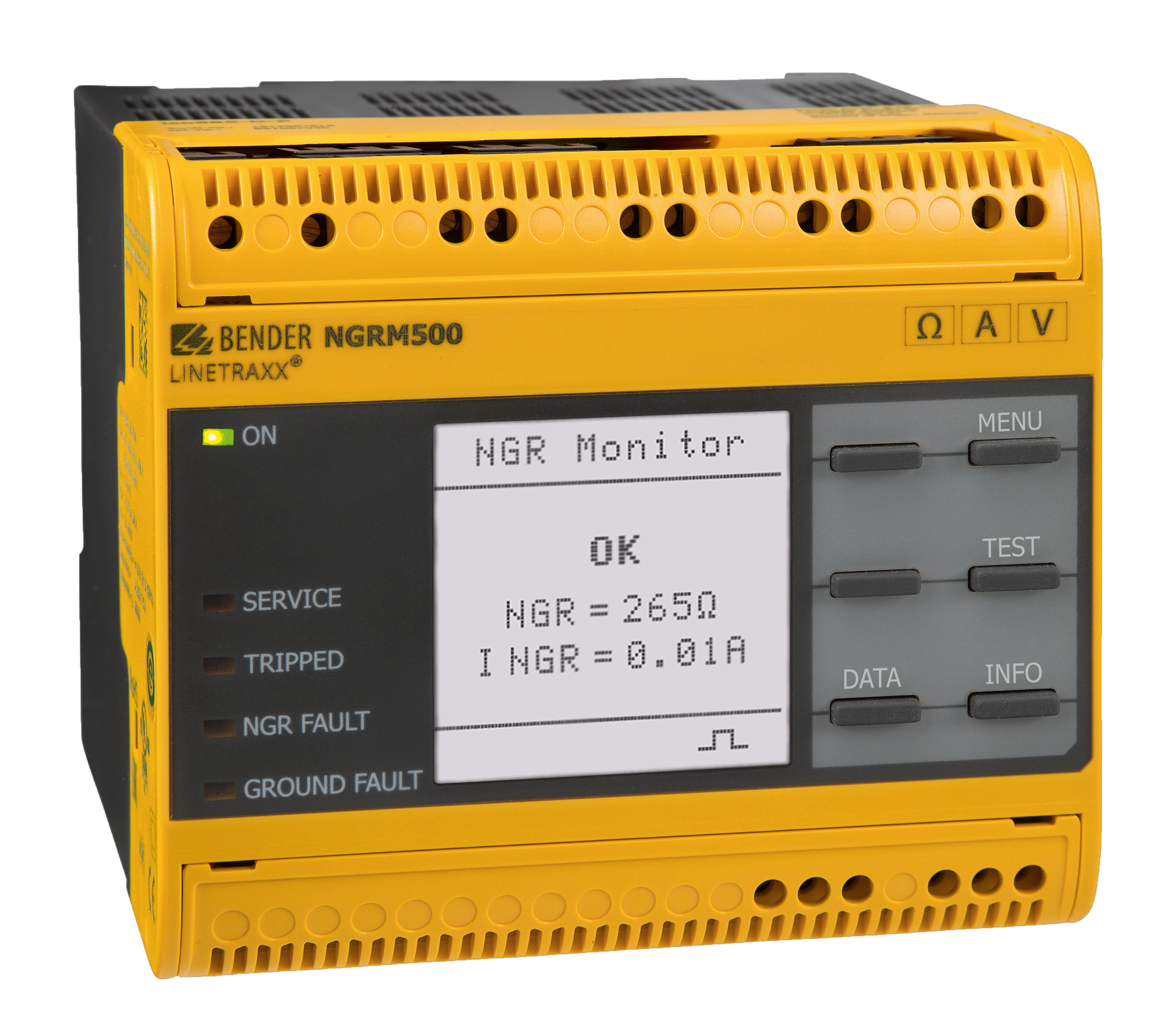Using HRG Systems to Protect Food Supply

Supplying fresh produce and frozen groceries to remote locations such as the Hawaiian Islands is often challenging for several reasons. For one, the produce must be stored in a temperature and humidity-controlled container for 24 hours a day to protect the goods from the warm climate, preventing spoilage. In a worst-case scenario, food spoilage can result in recalls, lawsuits, loss of company reputation, sickness, or even death. Because of these risks, the food we buy in grocery stores and restaurants requires reliable refrigeration. There are many methods used to control the temperature of goods, but the common method in today’s intermodal shipping industry is electrically powered refrigeration units called “reefers”.
Continuous operation on unmanned vessels
Bender’s most recent high resistance grounding (HRG) customer was supplying refrigerated transportation of produce for the Hawaiian Islands. After careful consideration and discussion, Bender was selected to provide high resistance grounding packages for multiple portable generators mounted on barges. Each generator powers multiple refrigeration units (reefer units).
While on shore, the reefers are powered from a solidly grounded utility supply. If a ground fault is detected, a breaker will turn the power off to that container. At the berth, electricians are present to monitor for faults and fix the ground faults quickly so there is much less risk of spoilage. Without Bender technology, it is difficult to locate and address ground faults on vessels.
The Bender HRG system was implemented on a ship and was quickly put to use. The HRG system saved a shipment of produce by alerting electricians of a ground fault when it was first powered up onboard the barge. The electricians determined the source of the ground fault but also found a generator issue that could have caused a power outage to all the containers on the barge. The return on investment was immediate – the loss of that shipment would have been over $500,000.
Which container has the ground fault?
The benefit of a high resistance grounding system is that it allows operation when a ground fault occurs. It is technology that has been used in industrial applications for over 50 years and has proven to be very beneficial. Monitoring of the grounding resistor is done with an NGRM500 that provides diagnostic information and datalogging during the voyage.

Restricted Space and harsh environments
Space onboard is very limited and the equipment experiences the mechanical issues common in a marine environment – salty spray, vibrations, sways and swell. The harsh environment easily justified adding continuous monitoring to the grounding system.
The original design was tested, and the control compartment size was further reduced on subsequent units to allow for easy transition from one vessel to another.
For more information about this application or to learn more about Bender technology related to your specific application, contact our team of experts.
This article is for informational purposes only. Bender provides the information "as is" without warranty and is not responsible for its accuracy or reliability. No warranties are given regarding its suitability for any specific circumstances.




.jpg?width=352&name=Blank%20300%20x%20175%20(1).jpg)